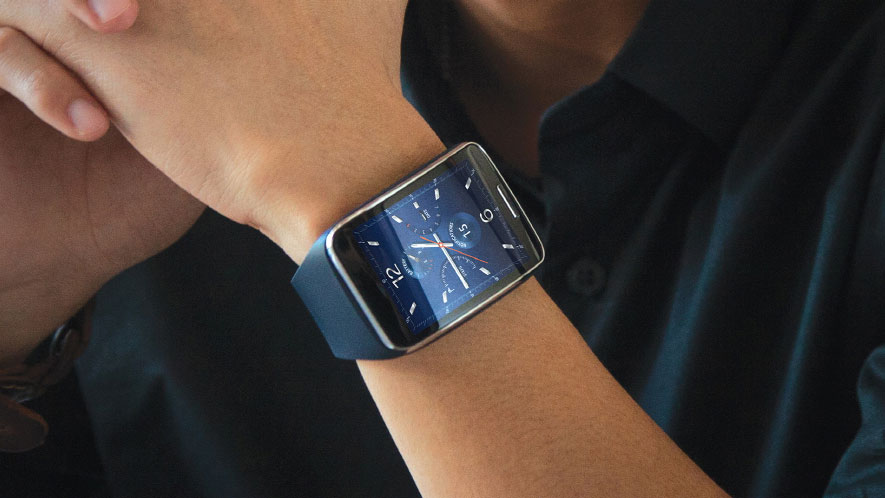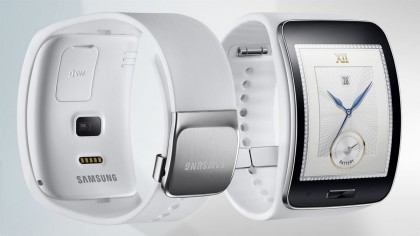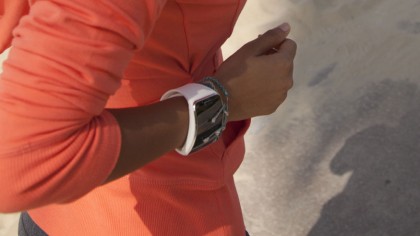Samsung Gear S smartwatch sports curved screen, shuns Android Wear

Ahead of an official unveiling at IFA 2014 the Samsung Gear S smartwatch has been announced with a curved display, 3G support and no sign of Android Wear.
In fact, Samsung is sticking with its own Tizen operating system on the Gear S - the same software which runs on the Gear 2 and Gear Fit.
That may mean the Gear S will only be compatible with a handful of the firm's own devices, though this is yet to be confirmed.
The main talking point surrounding the Gear S is its curved, 2-inch Super AMOLED display, which allows the wearable to sit more snugly on the wrist.

It also means the Gear S sports one of the biggest on-wrist displays around, beating the 1.63-inch Gear Live and Gear 2 plus the 1.65-inch LG G Watch.
Always on
Inside you'll find a 1GHz dual-core processor, 512MB of RAM, 4GB of storage, Wi-Fi, Bluetooth 4.1, heart rate monitor, GPS and 3G connectivity.
That 3G connection will allow you to continue to receive notifications and alerts when you're out of range of your smartphone - you can also make and receive calls on the Gear S.
Sign up for breaking news, reviews, opinion, top tech deals, and more.

The Samsung Gear S comes with IP67 water and dust resistance, and in terms of battery you're looking at a 300mAh power pack, which Samsung says is good for two days.
Considering the Gear S has a bigger screen you may need to charge this watch a little more regularly, the G Watch on the other hand has a larger 400mAh offering and a smaller display.
The Samsung Gear S release date is pegged for early October globally, with more specific details and pricing to follow.
- Samsung smartwatches: Gear 2 | Gear 2 Neo | Gear Live

TechRadar's former Global Managing Editor, John has been a technology journalist for more than a decade, and over the years has built up a vast knowledge of the tech industry. He’s interviewed CEOs from some of the world’s biggest tech firms, visited their HQs, and appeared on live TV and radio, including Sky News, BBC News, BBC World News, Al Jazeera, LBC, and BBC Radio 4.